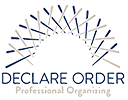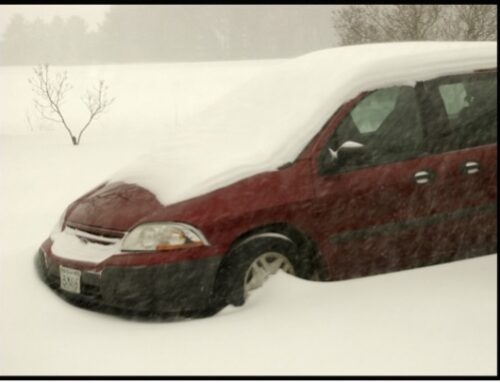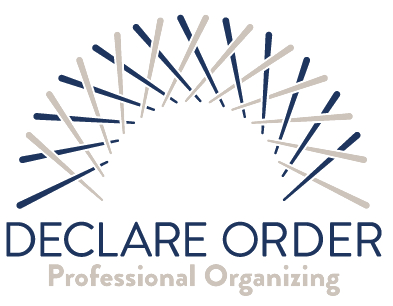Posted on: July 9, 2020
Over the next several months, as part of my PhD program in Community Psychology, I am conducting a Pilot Research Study to evaluate the coordinated community responses used by Hoarding Task Forces throughout the United States.
The general purpose of this study is to consider the types of education and training offered by various Hoarding Task Forces. It will also explore the communication between Hoarding Task Force members, their referral agencies, and people living with hoarding disorder and their families.
Ushered into popular culture over the past ten years through reality television shows focused on conflicts around clean-outs, awareness of the disorder has increased.
Cleaning and organizing living spaces seems straightforward enough – sort the stuff, donate what isn’t needed, and discard the trash. For people living with hoarding disorder, however, it is not that simple. Instead of categorizing and making decisions, they can become anxious and overwhelmed, often to the point of shutting down. They may also become ensnared in a power struggle with those who are helping. Ushered into popular culture over the past ten years through reality television shows focused on conflicts around clean-outs, awareness of the disorder has increased. Hoarding experts report that 2-5%, or as many as 19 million adults, are affected by this condition (Buscher, Dyson, & Cowdell, 2013).
Because a person living with hoarding disorder lacks insight into the consequences of their behavior, family members, mental health professionals, and other community departments such as: police, fire, social work, and inspectors for public health, are called upon to help remedy the situation when the living conditions become unsafe. The person who hoards rarely seeks treatment without assistance. This is true despite the potential for injury, isolation, and financial difficulties due to the volume of items (Nakao & Kanba, 2019).
Previous research clarified the definition of hoarding disorder, identified an ever-broadening list of symptoms, and highlighted consistent lack of insight. Several approaches to treatments are currently in practice. Trainings and measures have been developed to help articulate the impact of hoarding behaviors. Awareness is increasing about the long-term traumatic effects reported by adult children of hoarders. The complexity of this community health issue has been identified and there is not a consistent solution.
For communities working to address the needs created by compulsive hoarding, a way to look beyond the stigma of crisis mode clean-outs and coordinate the various approaches is to establish a Hoarding Task Force.
Because a person living with hoarding disorder often lacks insight into the scope of their challenges, their families, neighbors, or other community members often become involved when the living environment reaches a crisis point. In communities with a Hoarding Task Force, there is potential for a coordinated response. In addition, members of the Hoarding Task Force often provide training and education that can work to reduce stigma and support proactive interventions.
I am looking forward to this next leg of my PhD journey and appreciate the support from family, friends, members of my cohort, current and former clients, writing accountability partners, and my fellow NAPO colleagues.
References:
Buscher, T. D., Dyson, J., & Cowdell, F. (2013). The effects of hoarding disorder on families: an integrative review. Journal of Psychiatric and Mental Health Nursing, 21(6), 491-498.
Nakao, T., Kanba, S. (2019). Pathophysiology and treatment of hoarding disorder. Psychiatry and Clinical Neurosciences, 3(7), 370-375.







Leave A Comment